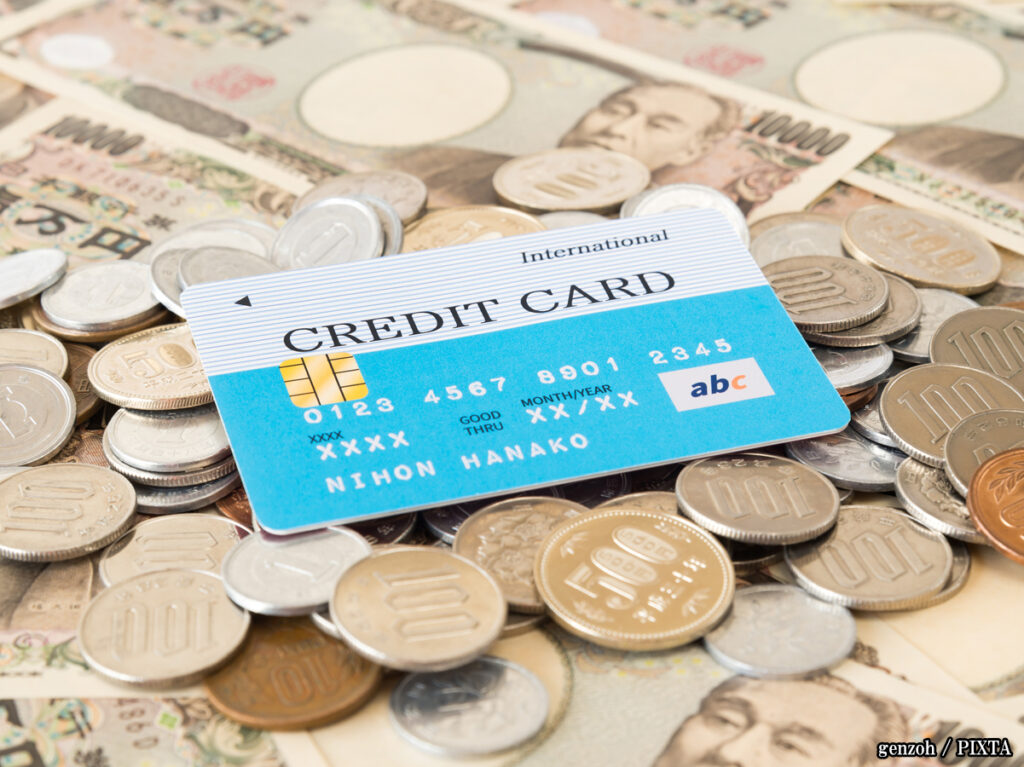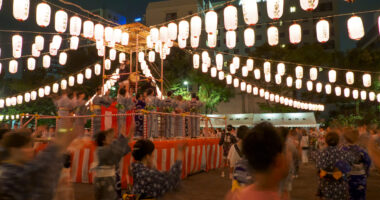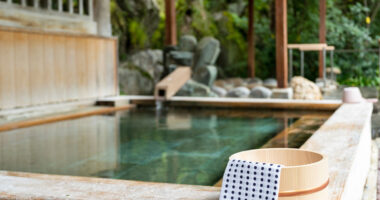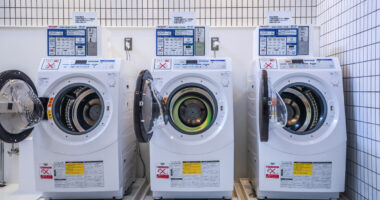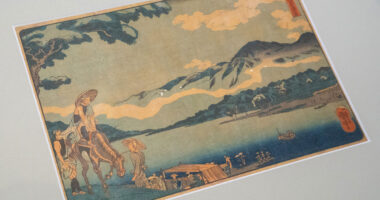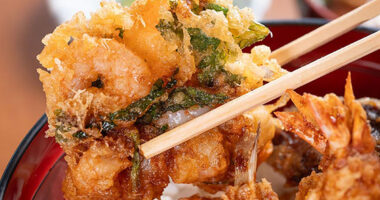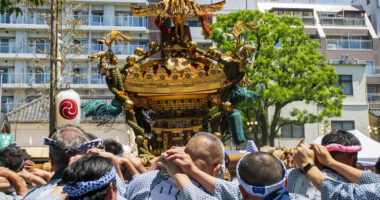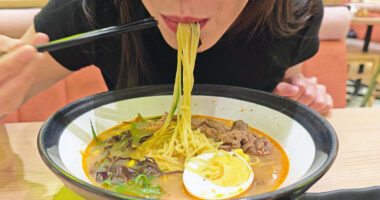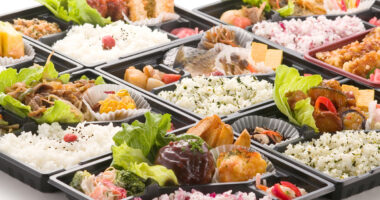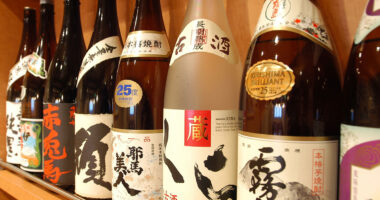Planning your first trip to Japan? Get ready for a culture-packed experience and a few surprises when it comes to paying for things. You might ride a bullet train that runs to the second, then find yourself fishing for coins at a tiny soba shop that doesn’t accept cards.
The way money works in Japan can feel a little different. This guide covers when you’ll need cash, where your credit card is welcome, how to use IC cards like Suica and PASMO, and the everyday habits and customs that make paying in Japan feel smooth and respectful.
- Cash is still king in Japan
- When and where cash is typically required
- Where credit cards are generally accepted
- IC cards: Suica, PASMO, and more
- Where you can use IC cards
- Typical etiquette when paying in japan
- Cultural insights on tipping and its absence in Japan
- Common change-giving practices
- Paying at restaurants: counter service vs. table payment
- Dealing with receipts and tax-free shopping
- Cash, cards, and culture wrapped up
Cash is still king in Japan
Despite its high-tech image, Japan remains a cash-centric society in many situations. Visitors will find that cash, or genkin in Japanese, is often preferred or even required in various places, especially outside big cities. In fact, cash is so widely used that even some urban areas, especially in local, smaller shops, still prefer it over cards.
When and where cash is typically required
Small restaurants and izakayas
Many neighborhood eateries, ramen shops, and local izakayas (Japanese-style gastropubs) only accept cash. These establishments often operate on thin margins and prefer the reliability of cash transactions. Even in major cities, you might find that smaller, family-owned restaurants do not accept cards to keep costs down.
Shrines and temples
Whether you’re buying a lucky charm at a shrine or making an offering at a temple, it’s usually a cash-only experience. Saisen (monetary donations) are traditionally made by tossing coins into a wooden box, so carrying small change is helpful. At some famous temples, cash is required to purchase incense or even to enter sacred areas.
Local buses and taxis
In smaller towns or rural areas, buses often only accept coins or small bills, and exact change may be required. Some taxis in rural areas also do not accept cards or IC cards, so be prepared with cash, especially for shorter trips. Even in cities like Kyoto, you might encounter taxis that won’t accept credit cards.
Street food and festivals
Pop-up food stalls at Japanese matsuri (festivals), outdoor markets, and street vendors typically operate on a cash basis. These are great places to try things like takoyaki (round, octopus-filled dumplings), yakitori (grilled chicken skewers), or maybe even taiyaki (fish-shaped pastry with a sweet filling). Just make sure you have a pocketful of coins. It’s also a good idea to carry cash when exploring traditional festivals, where food and souvenirs often can’t be bought with anything other than yen.
Mom-and-pop stores
Independent convenience shops, fruit vendors, and older family-run businesses may only take cash. These small businesses are often more traditional in their payment methods, focusing on quick, cash-only transactions for everyday items. Even if you’re shopping for something simple like a bottle of water or fresh produce, you’ll likely need cash.
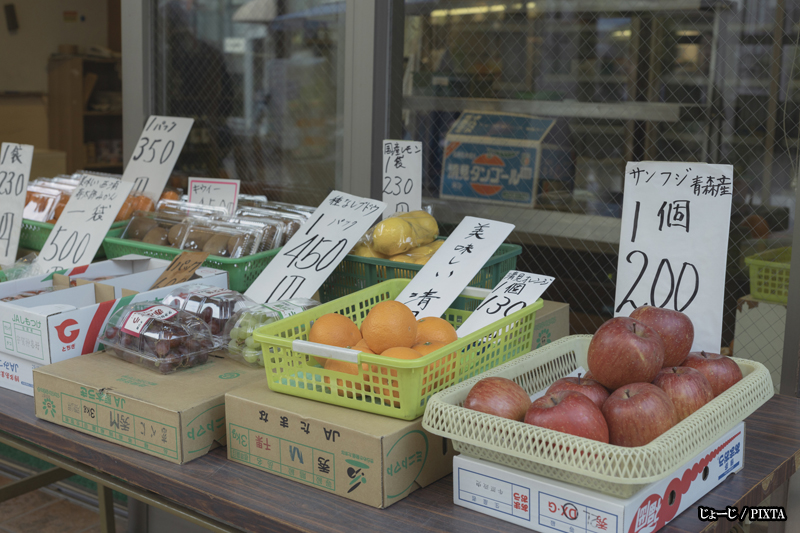
Photo for illustrative purposes
Where credit cards are generally accepted
Japan is steadily increasing its acceptance of credit cards, especially in larger cities and more modern places. While cash remains widely used, credit cards are easier than ever to use for everyday transactions. Still, it’s wise not to rely solely on cards.
Hotels and ryokan (traditional inns)
Most hotels, especially chain or business hotels, accept major credit cards like Visa, Mastercard, and JCB. Many traditional ryokan do as well, though it’s best to check when booking. While the larger hotels often have no issues, some ryokan in rural areas may have more limited payment options, so it’s always a good idea to ask in advance.
Department stores
Big-name department stores accept cards at all checkout counters. You can shop for clothes, cosmetics, or Japanese souvenirs with your card, often with a tax-free shopping option for tourists. In these stores, credit cards are typically the most convenient way to pay, especially for larger purchases.
Major train stations and airport facilities
Ticket counters for the Shinkansen (bullet train), airport transportation services, and airport shops typically accept cards. You can also use cards for luggage delivery services and even some airport lounges. Most major transport hubs will accept cards, although it’s always a good idea to have cash on hand for smaller or local transport services.
Chain restaurants and cafes
Most fast-food franchises and many conveyor-belt sushi chains allow card payments. Touchless card readers are becoming more common here, too. In these chain stores, credit cards are generally accepted, and contactless payment options make it quicker and easier.
Large supermarkets and drugstores
Urban supermarkets usually accept cards, as do pharmacy chains. These larger stores are set up for card payments, and it’s increasingly common to pay by card for grocery shopping or picking up essentials.
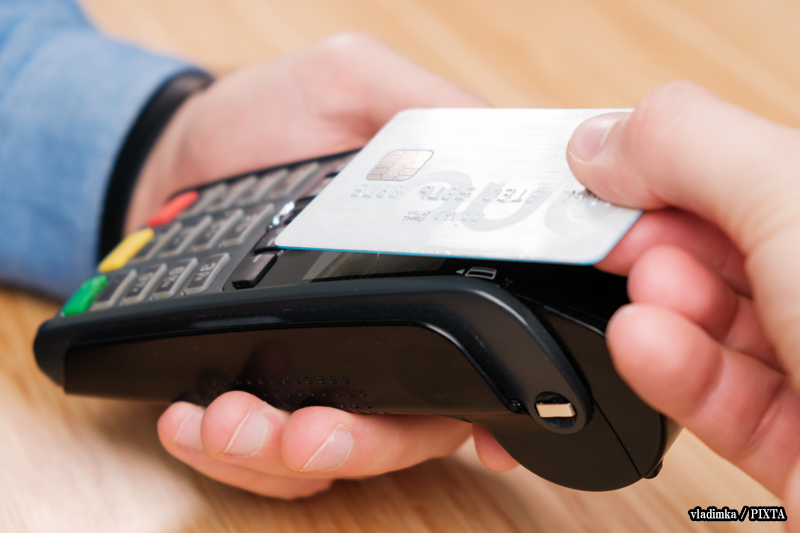
Photo for illustrative purposes
Note: minimum expenditure and card restrictions
Some stores may set a minimum expenditure for card use (e.g., 1,000 JPY or 2,000 JPY), and not all cards are treated equally. International travelers sometimes find American Express or Discover less widely accepted than Visa or Mastercard. It’s also wise to inform yourself about any extra charges for foreign card use.
IC cards: Suica, PASMO, and more
Japan’s IC cards are rechargeable prepaid cards used for transportation and small purchases. They offer an incredibly convenient way to navigate daily life, especially in major cities, where the efficiency of public transport and quick, everyday transactions are key to smooth travel.
Cards like Suica (by JR East), PASMO (by Tokyo Metro), and other regional versions (ICOCA in Osaka, TOICA in Nagoya) can be purchased and recharged at places like train stations and convenience stores. These cards use contactless technology, so you simply tap the card reader when boarding transportation or making a purchase. This eliminates the need for physical tickets or physical Japanese money in many situations.
Where you can use IC cards
Public transport
Subways, trains, buses, and even some taxis across Japan accept IC cards. You’ll often see people tapping their cards at ticket gates without stopping. IC cards make commuting faster and easier, especially in busy stations where waiting in line for tickets can be time-consuming.
Convenience stores
All popular convenience stores in Japan accept IC cards. Whether you’re buying a bento box, bottled tea, or a pack of gum, just tap and go. It’s a quick and hassle-free way to pay for everyday items while on the go. It is perfect for busy travelers.
Vending machines
Japan is famous for its vending machines, and many accept IC cards for quick, contactless purchases. From hot drinks to snacks and even umbrellas, you can grab almost anything with a simple tap of your card. This will avoid the need to rummage for loose change.
Fast food and cafes
Famous fast-food chains often accept Suica or PASMO for fast transactions. In bustling areas, this is especially convenient for quick meals or snacks, letting you pay without needing cash or bank cards.
Shopping and attractions
Some tourist attractions, shops in train stations, and even certain arcades and amusement parks now accept IC card payments. You’ll find that it’s widely accepted in locations that aim to streamline the buying process and cater to the convenience of international visitors.
Tips for IC card usage
Here are some tips to keep in mind as a first-time traveler to Japan:
- No pin or signature needed:
Unlike credit cards, IC card purchases do not require a PIN or a signature. All you need to do is tap the card. This makes them incredibly easy to use, especially for travelers who want to avoid complex transactions. - Not linked to a bank account:
IC cards are prepaid and not tied to your credit or debit account. This makes them a safe and simple option. You load the card with money at places like stations or convenience stores, and you can spend it as you go without worrying about unexpected bank fees. - Refundable:
When leaving Japan, you can return most IC cards at the issuing station for a partial refund of the balance and deposit. This makes IC cards a great option for short-term visitors as they offer both flexibility and ease during your stay.
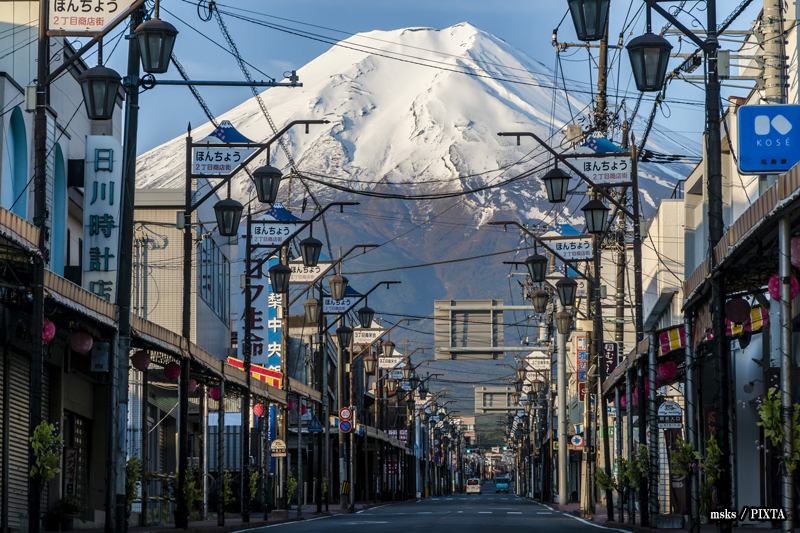
Photo for illustrative purposes
Typical etiquette when paying in japan
Beyond what form of money you use, how you present it matters. Japanese payment etiquette reflects the culture’s emphasis on respect, order, and non-intrusiveness.
The tray system
At most shops and restaurants, you’ll notice a small plastic or wooden tray by the cash register. Rather than handing money directly to the cashier, you should place your bills and coins on the tray. This helps avoid accidental hand-touching and makes counting easier. The cashier will place your change or card back on the tray, and you can pick it up from there.
Avoid direct hand-to-hand contact
Even in one-on-one settings, it’s more polite to avoid directly handing over money. Letting the cashier take the payment from the tray is seen as more respectful and professional. A growing number of establishments, mostly convenience stores and chain stores, have registers that machine-process cash and coin payments, doing away with human contact entirely.
Use both hands for big bills
When handing over large amounts (like paying for a hotel stay in cash), using both hands is considered more polite as it shows that you value the transaction.
Cultural insights on tipping and its absence in Japan
One of the most confusing things for visitors is Japan’s tipping culture, or rather, the lack of it.
Tipping is not expected
In Japan, although a limited number of establishments have been recently experimenting with tip boxes in response to inbound tourism, for the most part, tipping is not customary in restaurants, hotels, taxis, or personal services. In fact, attempting to tip can sometimes lead to confusion or even offense. Staff generally do not expect any additional gratuity.
Excellent service is standard
Whether you’re dining at a casual ramen shop or staying at a high-end ryokan, excellent service is included in the experience. Staff are trained to provide top-notch hospitality without expecting a tip. In Japan, the focus is on making sure the guest feels comfortable and well taken care of.
Rare exceptions: ryokan and private guides
In rare cases, you might give a tip to a personal guide or a staff member at a luxury ryokan, but even then, it’s often done discreetly in an envelope and given with both hands. It’s essential to be aware of the setting and approach these situations respectfully.
Common change-giving practices
Japanese cashiers handle change with a level of care and ritual that reflects the country’s meticulous nature.
Precise counting
Cashiers will count back your change slowly and clearly, placing coins and bills neatly in the tray. Many will count out loud so that you can verify the amount as they return it.
Neat presentation
You’ll often receive your change organized by denomination, with bills placed beneath coins. Receipts are typically folded or handed over with care, sometimes accompanied by a small bow or polite phrase like arigatō gozaimasu (thank you very much).
Small denominations are handy
It’s a good idea to carry small coins (1 JPY, 5 JPY, 10 JPY, 100 JPY) and 1,000 JPY bills (or, if you’re in Okinawa, 2,000 JPY bills, which are more commonly in circulation there). Many vending machines and smaller establishments don’t accept larger bills like 10,000 JPY.
Paying at restaurants: counter service vs. table payment
In Japan, the way you pay for your meal is a bit different from what you might be used to in Western countries. Instead of waiting for the check at your table, you usually head to the register to pay, even at sit-down restaurants. After finishing your meal, the bill is either left at your table or handed to you quietly. Simply take it to the cashier near the entrance to settle up. Knowing this little custom will save you from awkwardly waiting for a check that never arrives.
Dealing with receipts and tax-free shopping
Many stores in Japan offer tax-free shopping for tourists on purchases over a certain amount. The cashier might staple the receipt into your passport or ask you to keep it for customs. Knowing which receipts to save and how to request a tax-free transaction can help you save money on souvenirs and electronics!
Cash, cards, and culture wrapped up
Now that you’ve got the lowdown on how money works in Japan, you’re all set to explore the country with ease. A little cash in your wallet, an IC card in hand, and a credit card ready for bigger purchases will cover most of your needs. Just remember to follow and respect the local customs.
Have an amazing time discovering Japan!
